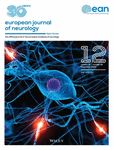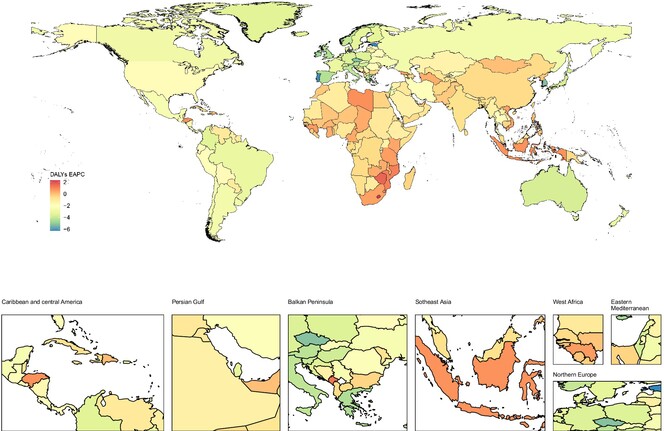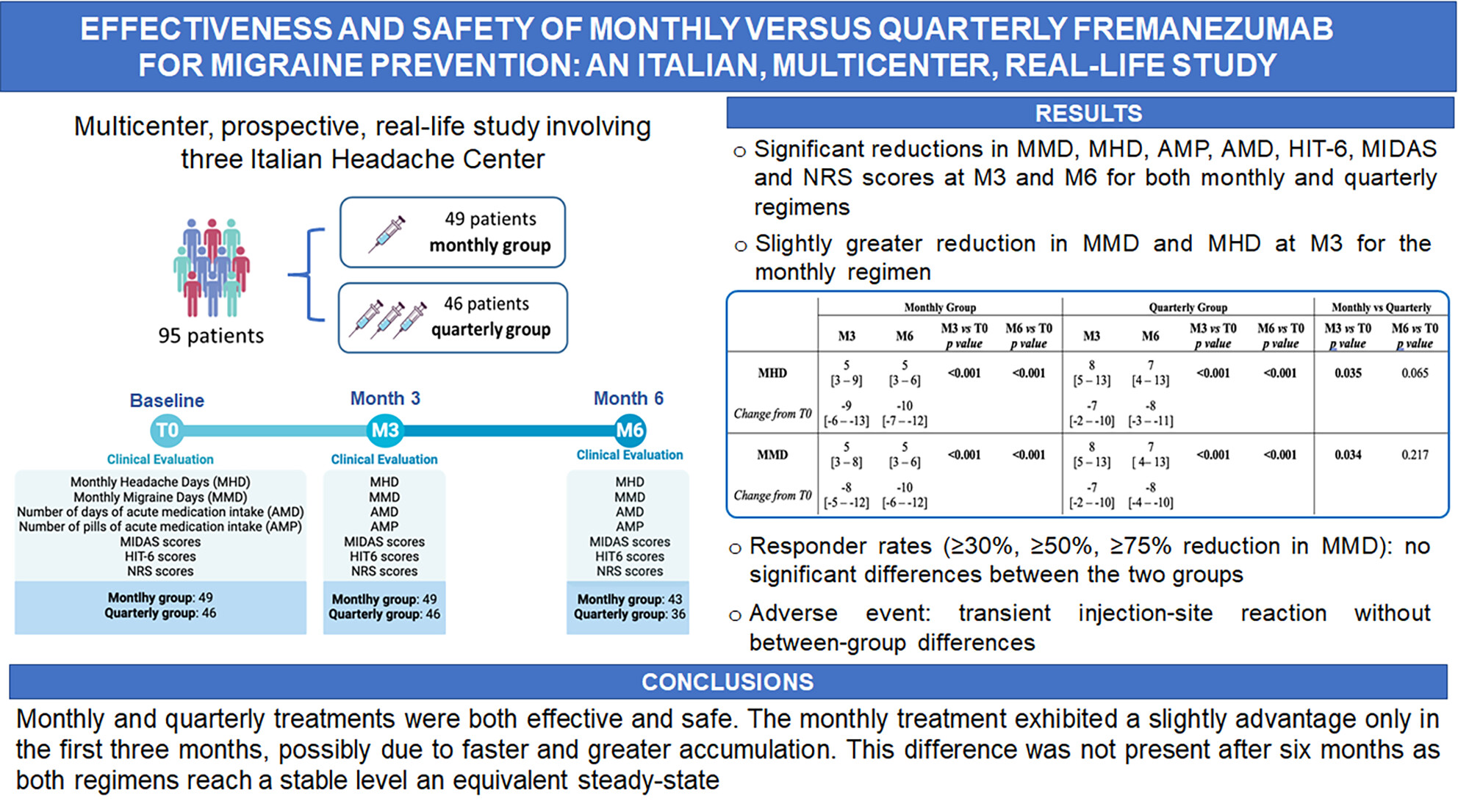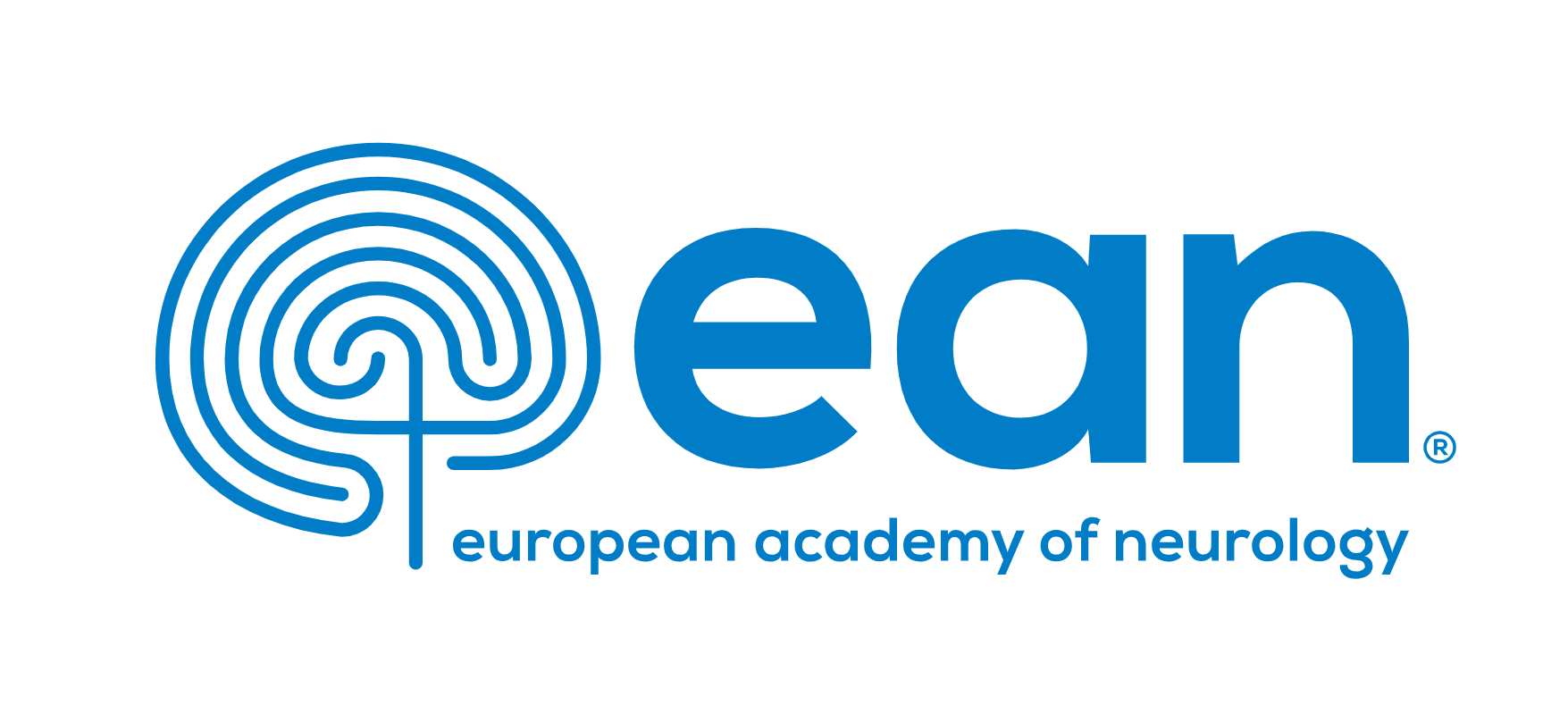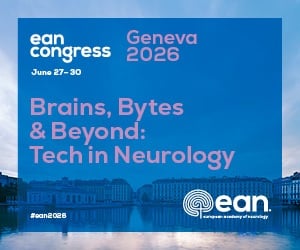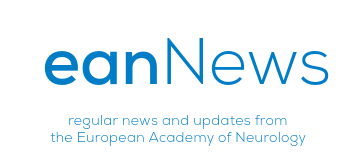Journal list menu
Export Citations
Download PDFs
Issue Information
Epilepsy
Presumed aetiologies and clinical outcomes of non-lesional late-onset epilepsy
- First Published: 16 August 2024
Relationship between migraine and epilepsy in a large population-based cohort: The HUNT Study
- First Published: 27 September 2024
Sleep disorders
Cholinergic dysfunction in isolated rapid eye movement sleep behaviour disorder links to impending phenoconversion
- First Published: 03 October 2024
Clinical correlates of obstructive sleep apnoea in idiopathic normal pressure hydrocephalus
- First Published: 29 August 2024
Neurocritical Care
A nomogram for predicting the risk of postoperative delirium in individuals undergoing cardiovascular surgery
- First Published: 25 September 2024
Dementia and cognitive disorders
Difference in trajectories according to early amyloid accumulation in cognitively unimpaired elderly
- First Published: 14 September 2024
Association of dementia with impaired kidney function and plasma biomarkers: A population-based study
- First Published: 27 September 2024
The effect of influenza vaccination on the rate of dementia amongst older adults
- First Published: 06 October 2024
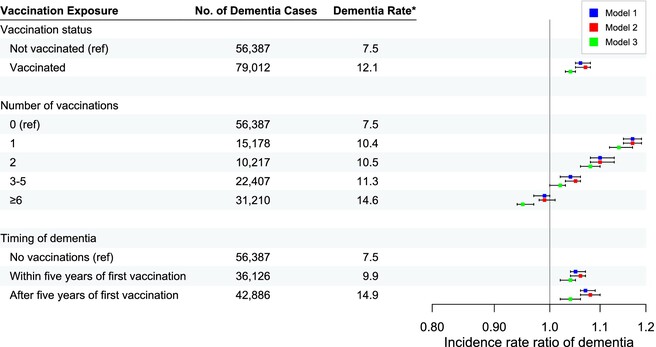
In the entire Danish population of older people aged 65+, influenza vaccination was associated with a slightly higher risk of dementia. This increased risk was probably due to differences between vaccinated and unvaccinated people which could not be controlled for in the study. Unlike previous observational studies, no convincing evidence of a preventive or adverse effect of influenza vaccination on the risk of dementia was found.
Hypoxemia during rapid eye movement sleep mediates memory impairment in older adults at risk for dementia via CA1 hippocampal volume loss
- First Published: 20 September 2024
Endothelium-related biomarkers and cognitive decline in prevalent hemodialysis patients: A prospective cohort study
- First Published: 13 August 2024
Plasma phosphorylated tau181 outperforms [18F] fluorodeoxyglucose positron emission tomography in the identification of early Alzheimer disease
- First Published: 24 October 2024
ALS and frontotemporal dementia
Trajectories of behavior and social cognition in behavioral variant frontotemporal dementia and primary psychiatric disorders: A call for better operationalization of socioemotional changes
- First Published: 22 August 2024
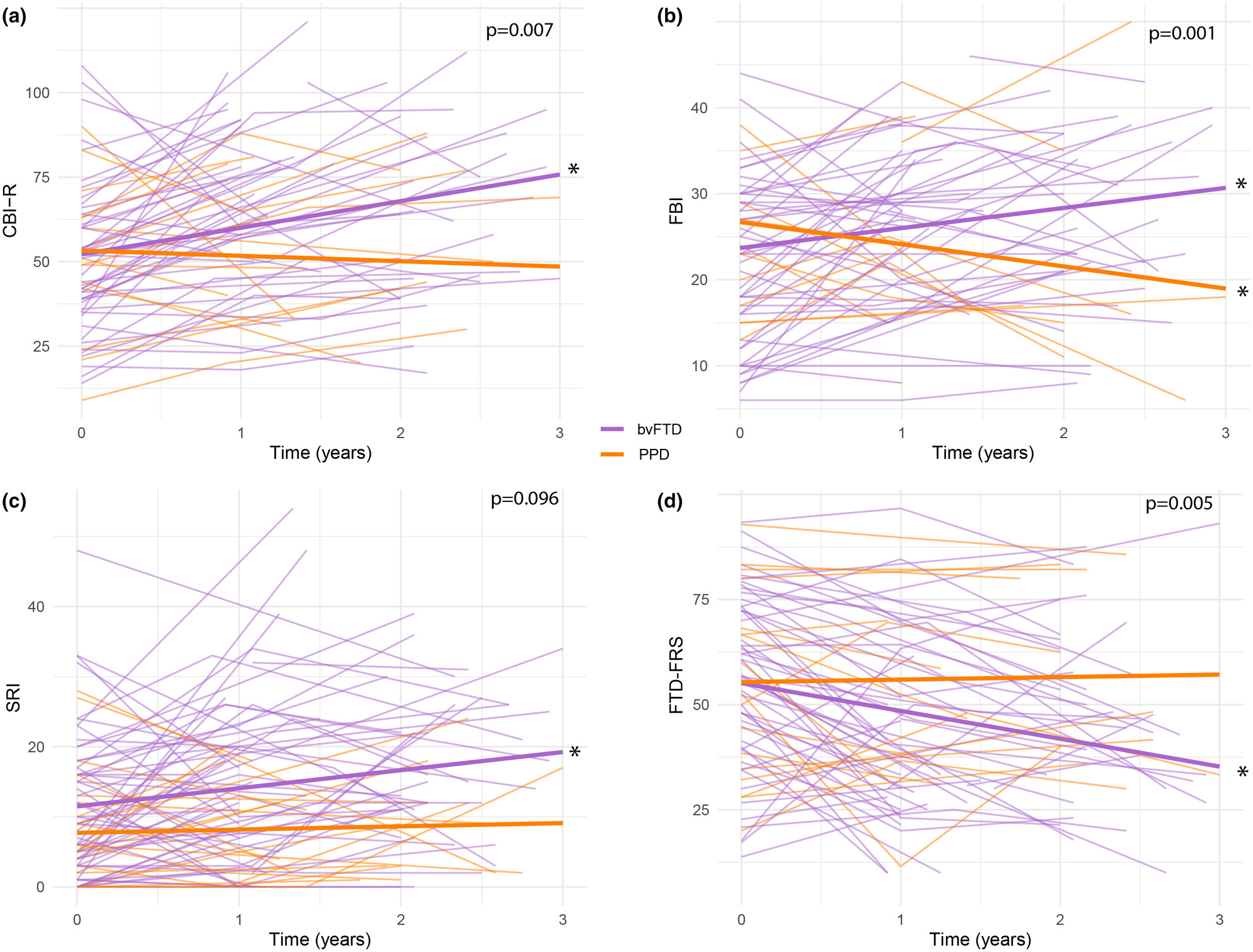
This longitudinal study (N = 89) revealed distinct trajectories of behavior and social cognition between patients with behavioral variant frontotemporal dementia (bvFTD) and primary psychiatric disorders (PPD). bvFTD showed worsening of symptoms over time, whereas PPD remained stable or improved, with patient-reported measures detecting no change, highlighting the need to optimize social cognitive assessment methods. Additionally, higher baseline serum neurofilament light levels were associated with faster behavioral decline, suggesting its potential as a prognostic marker in neuropsychiatric populations.
Pharmacotherapy for behavioural manifestations in frontotemporal dementia: An expert consensus from the European Reference Network for Rare Neurological Diseases (ERN-RND)
- First Published: 24 October 2024
Pharmacological and non-pharmacological treatments in amyotrophic lateral sclerosis: an Italian real-world data study
- First Published: 19 September 2024
Elevated serum circulating cell-free mitochondrial DNA in amyotrophic lateral sclerosis
- First Published: 26 September 2024
Impact of SARS-CoV-2 infection and COVID-19 pandemic on the morbidity and mortality of amyotrophic lateral sclerosis patients in Valencia, Spain
- First Published: 06 September 2024
Movement Disorders
Tremor after solid organ transplantation: Results from the TransplantLines Biobank and Cohort Study
- First Published: 23 October 2024
Neuroleptic malignant syndrome in Huntington disease
- First Published: 23 October 2024
Risk of aspiration pneumonia and hospital mortality in Parkinson disease: A systematic review and meta-analysis
- First Published: 05 September 2024
Peripheral immune profile and neutrophil-to-lymphocyte ratio in progressive supranuclear palsy: Case–control study and meta-analysis
- First Published: 20 August 2024
Microstructure of the cerebellum and its afferent pathways underpins dystonia in myoclonus dystonia
- First Published: 10 September 2024
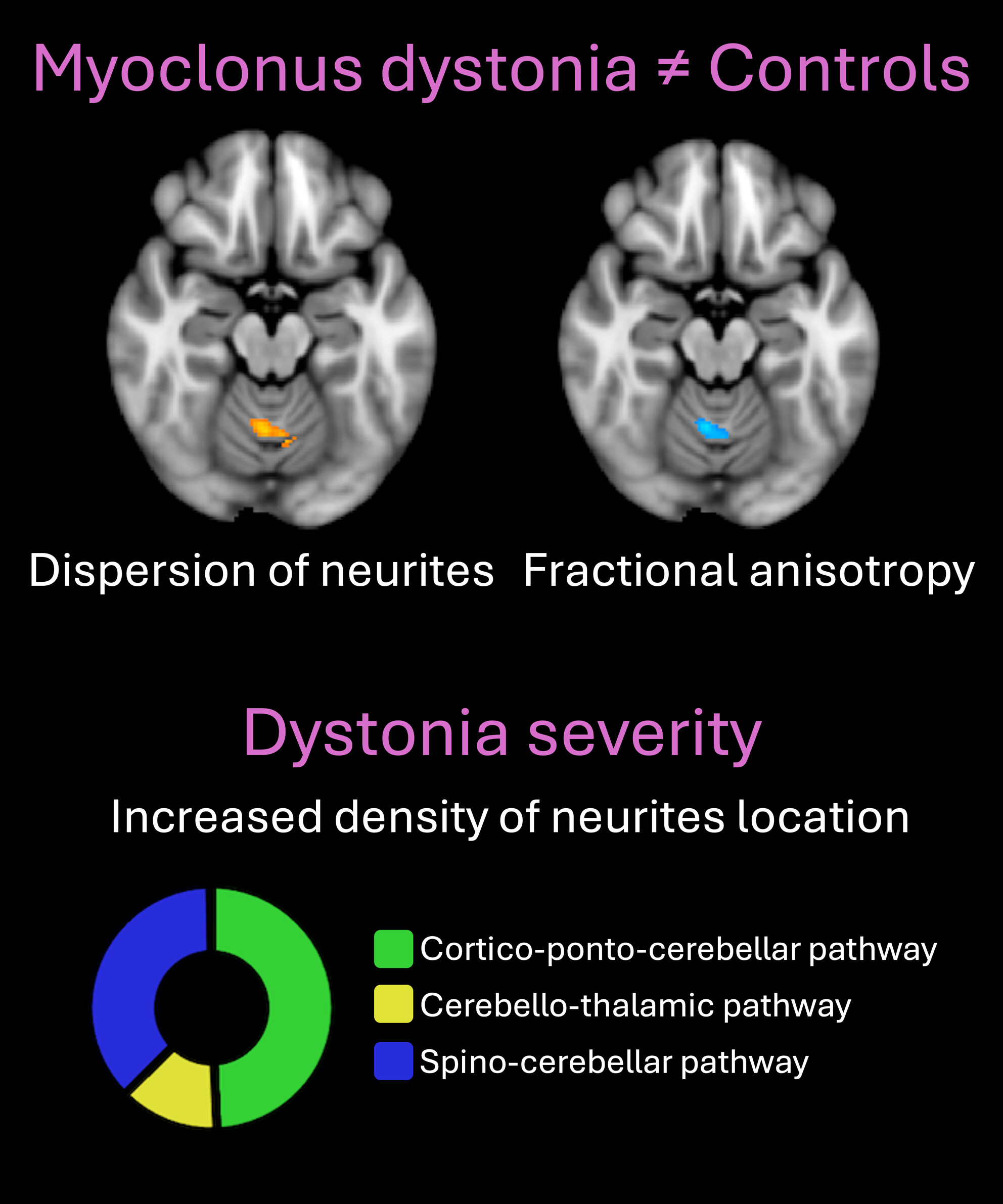
In this work, we investigated microstructural abnormalities in patients with myoclonus dystonia using neurite orientation dispersion and density imaging applied to diffusion magnetic resonance imaging. We showed abnormalities in the motor cerebellum of patients compared to controls. Moreover, structural change in the cerebellar afferent pathways that relay inputs from the spinal cord and the cerebral cortex was associated with the severity of dystonia.
Stepwise dual-target magnetic resonance-guided focused ultrasound in tremor-dominant Parkinson disease: One-year follow-up
- First Published: 17 September 2024
Urodynamic study and its correlation with cardiac meta-iodobenzylguanidine (MIBG) in body-first and brain-first subtypes of Parkinson's disease
- First Published: 30 September 2024
The impact of expiratory muscle strength training on voluntary cough effectiveness in Huntington's disease
- First Published: 30 September 2024
Glymphatic system dysfunction and risk of clinical milestones in patients with Parkinson disease
- First Published: 19 October 2024
Stroke
Association of serum uric acid to serum creatinine ratio with 1-year stroke outcomes in patients with acute ischemic stroke: A multicenter observational cohort study
- First Published: 05 August 2024
Causal relationship of inflammatory cytokines and serum metabolites in cerebral small vessel disease: a two-step Mendelian randomization study
- First Published: 16 August 2024
Impact of bridging thrombolysis versus endovascular thrombectomy alone on outcomes in anticoagulated patients with atrial fibrillation and acute ischaemic stroke
- First Published: 23 August 2024
Differential efficacy of remote ischaemic conditioning in anterior versus posterior circulation stroke: A prespecified secondary analysis of the RICAMIS trial
- First Published: 10 September 2024
HAPLN3 p.T34A contributes to incomplete penetrance of moyamoya disease in Chinese carrying RNF213 p.R4810K
- First Published: 24 September 2024
Quality of life, depression and anxiety in cerebral amyloid angiopathy: A cross-sectional study
- First Published: 22 September 2024
Global, regional, and national epidemiology of ischemic stroke from 1990 to 2021
- First Published: 17 September 2024
Impact of elevated lipoprotein(a) levels on the functional outcomes of ischemic stroke patients: A systematic review and meta-analysis
- First Published: 01 October 2024

This meta-analysis revealed that individuals with high lipoprotein(a) (Lp[a]) levels experienced a 2.13-fold increased risk of poor functional outcomes among patients with ischemic stroke (IS) during follow-up. Subgroup analyses showed that the impact of elevated Lp(a) on functional outcomes was more pronounced in the acute phase poststroke and gradually diminished over time. Moreover, this association remained significant even in studies that adjusted for low-density lipoprotein cholesterol. These findings support the potential of measuring Lp(a) as a predictor of poor functional outcomes after IS.
Characteristics and temporal evolution of asymptomatic diffusion-weighted imaging lesions in patients with cerebral autosomal dominant arteriopathy with subcortical infarcts and leukoencephalopathy (CADASIL)
- First Published: 11 October 2024
Iatrogenic arterial vasospasm during mechanical thrombectomy requiring treatment with intra-arterial nimodipine might be associated with worse outcomes
- First Published: 09 September 2024
Infectious Diseases
Noncompressive myelopathy in acute community-acquired bacterial meningitis: Report of seven cases and review of literature
- First Published: 02 September 2024
Clinical and laboratory characteristics during a 1-year follow-up in European Lyme neuroborreliosis: A prospective cohort study
- First Published: 19 September 2024
Multiple Sclerosis
Stable excess mortality in a multiple sclerosis cohort diagnosed 1970–2010
- First Published: 11 September 2024
Neuroimmunology
Patient-reported daily functioning after SARS-CoV-2 vaccinations in autoimmune neuromuscular diseases
- First Published: 05 September 2024
The real-world applicability of the 2023 international myelin oligodendrocyte glycoprotein antibody-associated disease criteria in a Latin American cohort
- First Published: 17 September 2024
Neurogenetics
Genetic profiles of multiple system atrophy revealed by exome sequencing, long-read sequencing and spinocerebellar ataxia repeat expansion analysis
- First Published: 17 August 2024
Neuropathies
A nationwide Guillain–Barré syndrome epidemiological study in Spain during the COVID-19 years
- First Published: 12 August 2024
Comparison of the diagnostic accuracy of the 2010 European Federation of Neurological Societies/Peripheral Nerve Society and American Association of Electrodiagnostic Medicine diagnostic criteria for multifocal motor neuropathy
- First Published: 05 September 2024
Repurposing chemotherapy-induced peripheral neuropathy grading
- First Published: 16 September 2024
Median nerve lesions in pediatric displaced supracondylar humerus fracture: A prospective neurological, electrodiagnostic and ultrasound characterization
- First Published: 04 September 2024
ITPR3-associated neuropathy: Report of a further family with adult onset intermediate Charcot–Marie–Tooth disease
- First Published: 17 September 2024
Heart rate variability biofeedback for critical illness polyneuropathy: a randomized sham-controlled study
- First Published: 18 October 2024

Our randomized controlled pilot study in patients with critical illness polyneuropathy after sepsis undergoing early in-patient neurological rehabilitation provides pilot data suggesting that heart rate variability biofeedback can improve neurocardiac function with a predominant effect on the parasympathetic nervous system. We also observed a beneficial effect on regaining functional independence in this severely ill population.
Long-term natural history in type II and III spinal muscular atrophy: a 4-year international study on the Hammersmith Functional Motor Scale Expanded
- First Published: 11 October 2024
Autonomic nervous system disorders
Pelvic autonomic dysfunction is common in patients with pure autonomic failure
- First Published: 30 September 2024
Muscle and MNJ Disorders
Time to response with ravulizumab, a long-acting terminal complement inhibitor, in adults with anti-acetylcholine receptor antibody-positive generalized myasthenia gravis
- First Published: 07 October 2024
Treatment of juvenile myasthenia gravis with tacrolimus: A cohort study
- First Published: 04 September 2024
Economic and societal burden of myasthenia gravis in Denmark, Finland, and Sweden: A population-based registry study
- First Published: 09 October 2024
Intensive care due to myasthenia gravis: Risk factors and prognosis
- First Published: 22 October 2024
Improving outcome measures in late onset Pompe disease: Modified Rasch-Built Pompe-Specific Activity scale
- First Published: 28 August 2024
Relationship between growth and ambulation loss in Duchenne muscular dystrophy boys on steroids
- First Published: 09 September 2024
Improved diagnostic performance of high-sensitivity cardiac troponins in muscle dystrophies using comprehensive definition criteria for cardiac involvement: A longitudinal study on 35 patients
- First Published: 30 September 2024
Video head impulse gain is impaired in myotonic dystrophy types 1 and 2
- First Published: 15 October 2024
Pre- and post-skeletal muscle biopsy quantitative magnetic resonance imaging reveals correlations with histopathological findings
- First Published: 16 September 2024
Headache
Effectiveness and safety of monthly versus quarterly fremanezumab for migraine prevention: An Italian, multicenter, real-life study
- First Published: 04 September 2024
Erenumab versus topiramate: migraine-related disability, impact and health-related quality of life
- First Published: 12 August 2024
Association of anti-calcitonin gene-related peptide with other monoclonal antibodies for different diseases: A multicenter, prospective, cohort study
- First Published: 16 September 2024
“Code Headache”: Development of a protocol for optimizing headache management in the emergency room
- First Published: 17 September 2024
All neurologists
Epilepsy
Real-world smartphone data can trace the behavioural impact of epilepsy: A case study
- First Published: 07 August 2024
Dementia and cognitive disorders
Brain amyloid load, subjective memory complaints, and cognitive trajectories in older individuals at risk for dementia
- First Published: 12 August 2024
Stroke
Pre-hospital transdermal glyceryl trinitrate for transient ischaemic attack: Data from the RIGHT-2 trial
- First Published: 11 October 2024
Neuropathies
Nonamyloidogenic TTR gene variants c.76G>A and c.337-18G>C are not associated with idiopathic small-fiber neuropathy
- First Published: 04 September 2024
Muscle and MNJ Disorders
Concordance between radioimmunoassay and fixed cell-based assay in subjects without myasthenia gravis: optimizing the diagnostic approach
- First Published: 08 August 2024
Ocular and eye movement disorders
Prevalence and characteristics of visual snow syndrome in a cohort of young Italian adults
- First Published: 24 September 2024
ALS and frontotemporal dementia
Exploring amyotrophic lateral sclerosis through the visual system: A systematic review
- First Published: 20 September 2024
Stroke
Serum liver enzymes and risk of stroke: Systematic review with meta-analyses and Mendelian randomization studies
- First Published: 10 October 2024
From guidelines to clinical practice in care for ischaemic stroke patients: A systematic review and expert opinion
- First Published: 05 September 2024
Multiple Sclerosis
Exploring the therapeutic potential of autologous hematopoietic stem cell transplantation in progressive multiple sclerosis—a systematic review
- First Published: 05 August 2024
Education for fatigue management in people with multiple sclerosis: Systematic review and meta-analysis
- First Published: 03 September 2024
Treating to target in multiple sclerosis: Do we know how to measure whether we hit it?
- First Published: 24 October 2024
Headache
Behavioral therapy in migraine: Expanding the therapeutic arsenal
- First Published: 21 July 2024
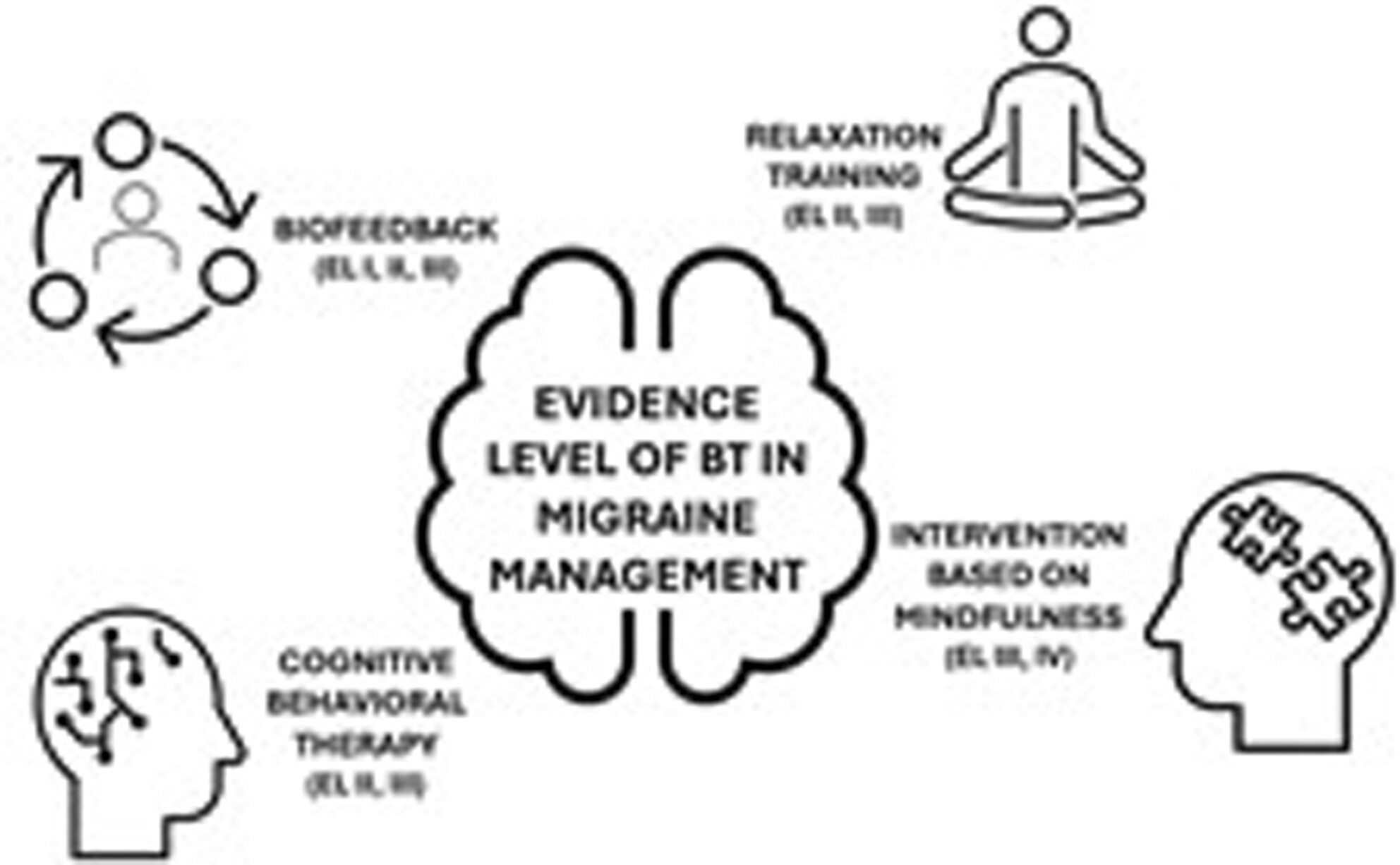
Behavior therapy is a useful tool with long-lasting value. Long-term migraine treatment should focus on adherence to therapy as well as on medical information and lifestyle modification options. Data from this study encourage the incorporation of nonpharmacological interventions in migraine treatment and the investigation of these techniques to profile the patient features for which each evaluated technique may be more suitable and thus to obtain a greater return on the investment made while working on it.
Child Neurology
Effect of enzyme substitution therapy on brain magnetic resonance imaging and cognition in adults with phenylketonuria: A case series of three patients
- First Published: 04 October 2024
Headache
Improved comprehension of influenza-related headaches: Perspectives and suggestions for incidence and prevalence of headache in influenza
- First Published: 12 September 2024
Improved comprehension of influenza-related headaches: Perspectives and suggestions for incidence and prevalence of headache in influenza—Response
- First Published: 30 September 2024




